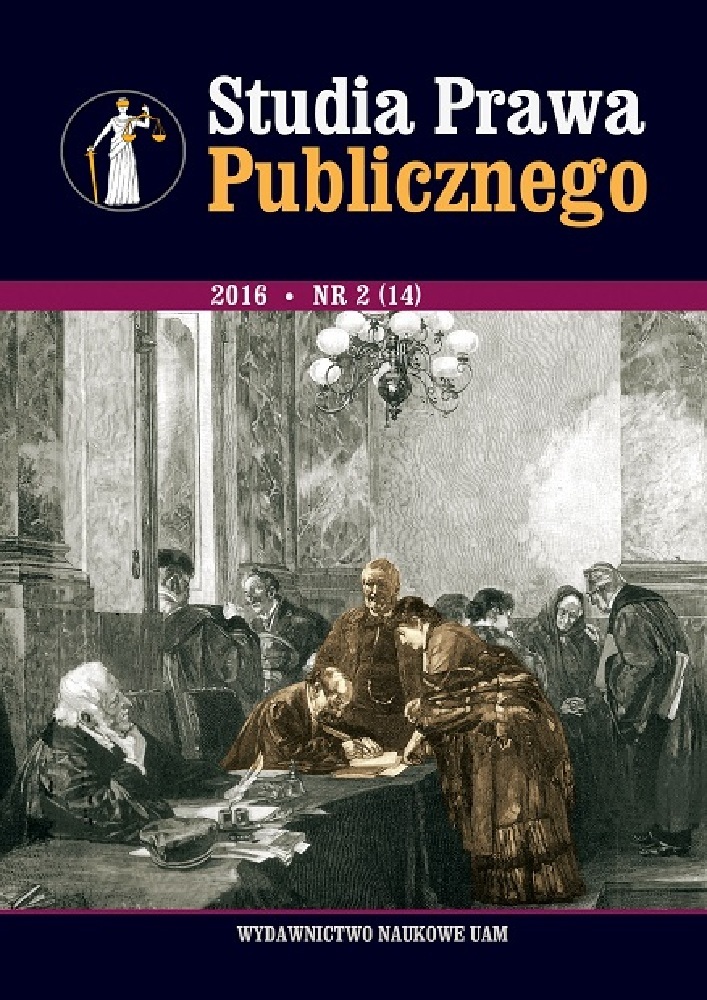Abstract
Between 1952–1990 a lower academic degree could be earned in a number of ways, two of which were post graduate studies (aspirantura) and doctoral studies. The organisation of post graduate studies followed the Soviet solution available from 1951. Participants obtained a title of a science candidate. Doctoral studies, implemented in 1958, allowed participants to earn a title of a doctor. The two ways discussed in the paper differed significantly but shared a common feature: the solu tions which they implemented served firstly, to recruit candidates ready to engage in research and academic teaching; secondly, to ensure the social and economic society availability of professionals with qualifications exceeding the knowledge gained at an institution of higher education; thirdly, to provide institutional scientific guardianship to doctoral students working on their dissertations; fourthly, to realise the educational programme prepared for doctoral students who were adequately prepared for post graduate studies; and fifthly, to precisely define the status of scientific researchers working on scientific dissertations and to establish the principles upon which they received financial and social assistance. In both cases, education leading to a scientific degree differed in stability. While those regarding aspirantura were largely constant and durable, doctoral studies lacked this durability. The elements which were taken into consideration when examining the latter form of PhD studies included in particular: determination of the purpose of offering doctoral studies, forms in which doctoral studies were conducted (both for employed and non-employed candidates), recruitment and admission requirements, and the conditions in which the course was conducted. The whole process was also found to be subject to the changing scope of rights and duties of doctoral students, their tutors as well as supervisory bodies responsible for doctoral studies.
License
Copyright (c) 2019 Krystyna Wojtczak

This work is licensed under a Creative Commons Attribution-NonCommercial-NoDerivatives 4.0 International License.
